Discover 11 hidden attractions, cool sights, and unusual things to do in Kaiserslautern (Germany). Don't miss out on these must-see attractions: Pfalztheater, Wildpark Betzenberg, and Humberg Tower. Also, be sure to include Rathaus Kaiserslautern in your itinerary.
Below, you can find the list of the most amazing places you should visit in Kaiserslautern (Rhineland-Palatinate).
Table of Contents
Pfalztheater

Theatre in Kaiserslautern, Germany. The Pfalztheater is a theatre building and company in the German city of Kaiserslautern, Rhineland-Palatine. It is the only three-genre venue in the state, putting on music, drama and dance.
The town's first theatre was built in 1862, financed by Andreas Müller, owner of the Spittelmühle in Kaiserslautern. It stood on Theaterstraße (now Karl-Marx-Straße) on the corner of Gasstraße. It was destroyed by fire a few years later and rebuilt by Müller. In 1874, the theatre was converted into a public limited company. The shares were taken over in 1897 by the town of Kaiserslautern, as a municipal theatre. It grew to the Städtebundoper during the first decades of the 20th century, in a cooperation with other theatres in the state, especially with Pirmasens and Zweibrücken. Productions continued there until the building was completely destroyed by bombing on 14 August 1944. Performances resumed in October 1945 at the Capitol cinema. When funding had been raised, the Film-Palast cinema was converted into a permanent replacement for the lost theatre, opening in September 1950.[1]
Address: Willy-Brandt-Platz 4-5, Kaiserslautern
Wildpark Betzenberg

Wildlife park in Kaiserslautern, Germany. The Betzenberg Wildlife Park in Kaiserslautern, Germany, was founded in 1970 with the aim of enabling the population to observe native species of animals - including those that used to live wild around Kaiserslautern but are no longer native there today.
Today the park also has a role in protecting species that are threatened by extinction, such as the Wisent and other endangered animals. The park is home to owls, wild boar, lynx, mouflon, bred back tarpans, aurochs and other animals. It also has a woodland school in the middle of an old forest that, in places is 120 years old, as well as the Eichenkranz, a stand of trees estimated to be about 300 years old. The park is open all year round and entry is free.[2]
Address: Entersweiler Straße, Kaiserslautern
Humberg Tower
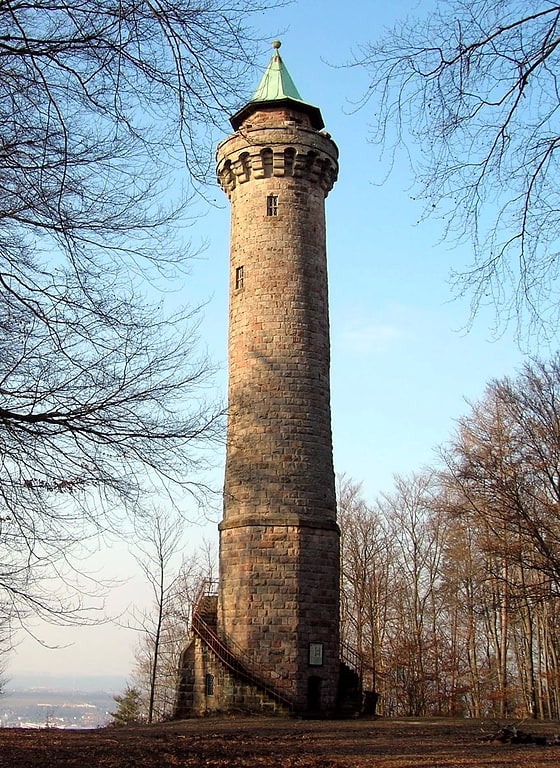
Also known as: Humbergturm
The Humberg Tower is an observation tower on the Humberg hill, 425 metres high, to the south of the city of Kaiserslautern in southwest Germany.
The idea of building a tower on the Humberg (already in those days a favourite hill among the citizens of Kaiserslautern, for its view) was taken up in 1896. For this purpose, inhabitants of the city founded the Humberg Association, with the aim of financing the building of an observation tower. Among the founding members were the well-known sewing machine factory owner Pfaff, the mayor, Dr. Orth, distinguished businessmen, Pfeiffer and Karcher, and malt manufacturer, Gelbert.
The tower was built to plans by the Munich architect, Ludwig Ritter von Stempel, who had already made a name for himself with some public buildings in the city. The Humberg Tower is a monumental construction of sandstone blocks, typical of the Wilhelminian period. Building began in the spring of 1899. The building material was quarried on the spot from the stone plateau of the Humberg. The tower was ceremonially opened on 2 September 1900. The tower is 35.77 metres (119 feet) high and its observation platform is 28.16 metres (93 feet) above the ground. The spiral staircase inside has 130 steps; in addition, there are a further 33 steps in the outside stairs at the base.
In 1909, the existing Humberg Association was dissolved. The tower and the association's capital came into the possession of the city of Kaiserslautern. In 2001, the Humberg Tower Association of Kaiserslautern e.V. was founded with the aim of preserving the tower and its attractiveness as a goal for hikers.[3]
Rathaus Kaiserslautern
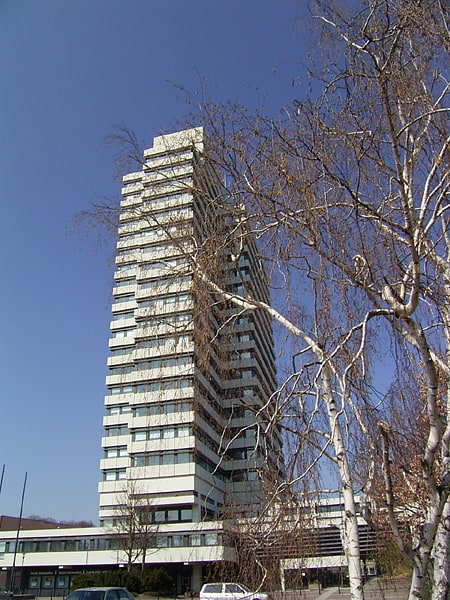
Also known as: Rathaus
City or town hall in Kaiserslautern, Germany. Located in Kaiserslautern Germany, Kaiserslautern Town Hall is one of the tallest town halls in the European Union. The building was put in service in 1968. Kaiserslautern City Hall has 25 stories above ground, of which the three uppermost ones are only used as storage room or for operational devices. The building is 84 meters tall and has four elevators. It is the tallest building in Kaiserslautern and on the 21st floor is a restaurant and public observation deck.[4]
Address: Willy-Brandt-Platz 1, 67653 Kaiserslautern
Zoo Kaiserslautern
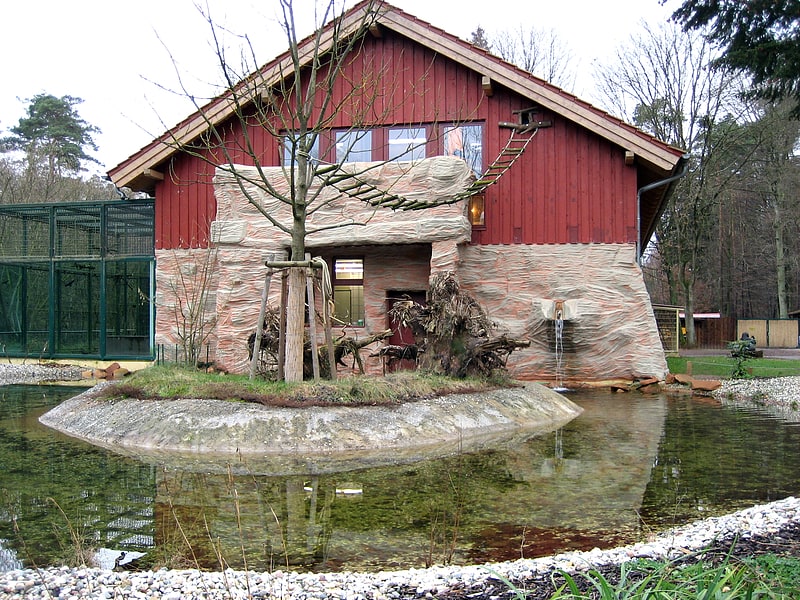
Zoo in Kaiserslautern, Germany. The Kaiserslautern Zoo is a zoo in the city of Kaiserslautern in Germany. The Zoo was founded on June 15, 1968, and is located in Kaiserslautern's Siegelbach neighbourhood. The zoo originally belonged to the town of Siegelbach which became part of the city in 1969.
The Zoo is home to about 600 animals of over 100 species and currently covers 7 hectares (17.3 acres) It is planned to be developed to 16 hectares (39.5 acres)[5]
Address: Zum Tierpark 10, 67661 Kaiserslautern
House of Sustainability
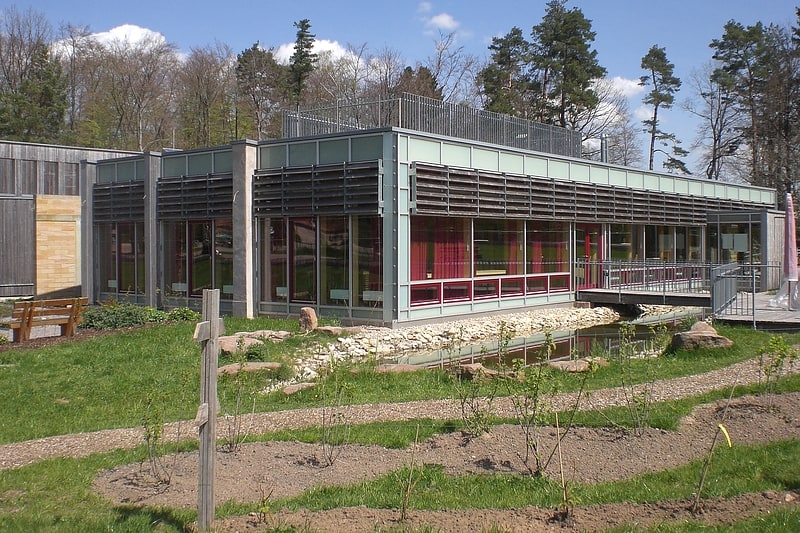
Also known as: Haus der Nachhaltigkeit
The House of Sustainability is a project run by the Rhineland-Palatinate Ministry for the Environment and Consumer Protection. The house is in the hamlet of Johanniskreuz in the German municipality of Trippstadt in the middle of the Palatinate Forest within the Palatine Forest-North Vosges Biosphere Reserve. The purpose of the house is to illustrate the concept of sustainability, especially to its adult visitors. The House of Sustainability is part of the Rhineland-Palatinate Efficiency Network or EffNet, which aims to deliver better resource efficiency.[6]
Hohenecken Castle

Also known as: Burg Hohenecken
Historical landmark in Kaiserslautern, Germany. Hohenecken Castle is the ruin of a spur castle from the Hohenstaufen era on the Schlossberg hill above the Kaiserslautern ward of Hohenecken in Rhineland-Palatinate, Germany. It is located at an elevation of 363 m above sea level.[7]
Gelterswoog
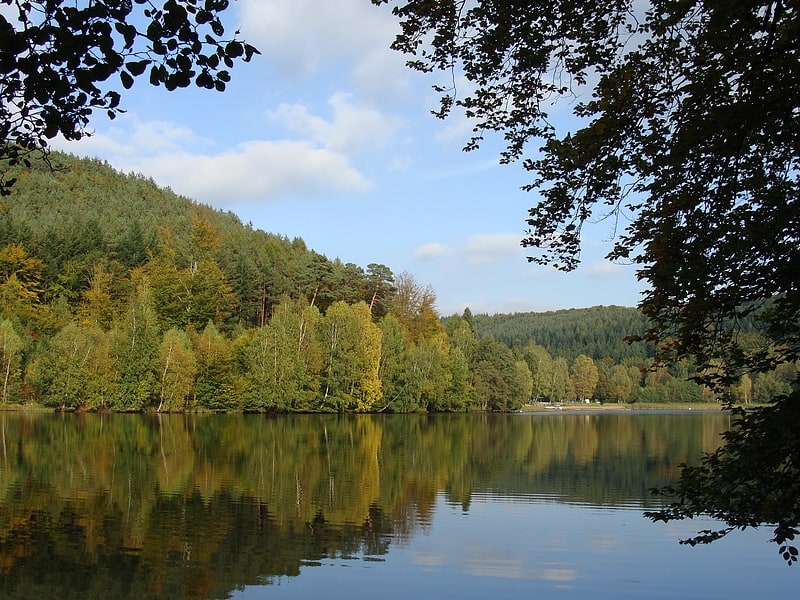
The Gelterswoog is a reservoir in the district of Hohenecken in the West Palatinate city of Kaiserslautern. Three valley cuts of its tributaries, including the Walkmühl and Kolbental valleys with Kolbenwoog and Kolbenmoor, as well as the siltation zones on the lakeshore have been classified as the nature reserve Täler und Verlandungszone am Gelterswoog since 1997.
Address: Pariser Str. 287, 67663 Kaiserslautern
Theodor-Zink-Museum

The Theodor Zink Museum is a historical museum in Kaiserslautern. It was founded in 1934 by Theodor Zink and named after him. In the museum, in addition to a permanent exhibition on the history of the city, changing exhibitions are shown. The museum's barn regularly serves cultural events such as readings and chamber concerts. The building is listed as a historical monument.
Address: Steinstraße 48, 67657 Kaiserslautern
Technical University of Kaiserslautern
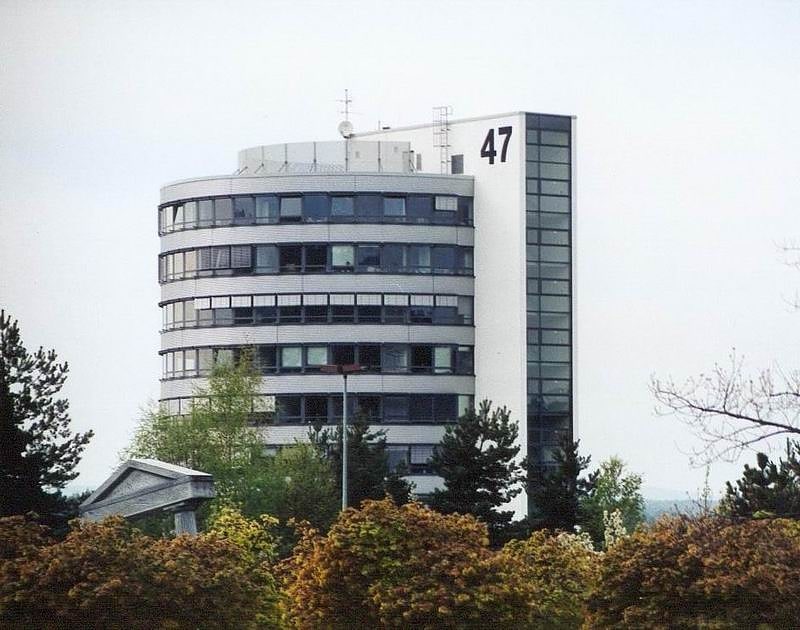
Also known as: Technische Universität Kaiserslautern
Technical University of Kaiserslautern is a public research university in Kaiserslautern, Germany.
There are numerous institutes around the university, including two Fraunhofer Institutes (IESE and ITWM), the Max Planck Institute for Software Systems (MPI SWS), the German Research Center for Artificial Intelligence (DFKI), the Institute for Composite Materials (IVW) and the Institute for Surface and Thin Film Analysis (IFOS), all of which cooperate closely with the university.
TU Kaiserslautern is organized into 12 faculties. Approximately 14,869 students are enrolled at the moment. The TU Kaiserslautern is part of the Software-Cluster along with the Technische Universität Darmstadt, the Karlsruhe Institute of Technology and Saarland University. The Software-Cluster won the German government's Spitzencluster competition, the equivalence to the German Universities Excellence Initiative for clusters.[8]
Address: Erwin-Schrödinger-Straße Gebäude 57, Kaiserslautern
Kaiserpfalz
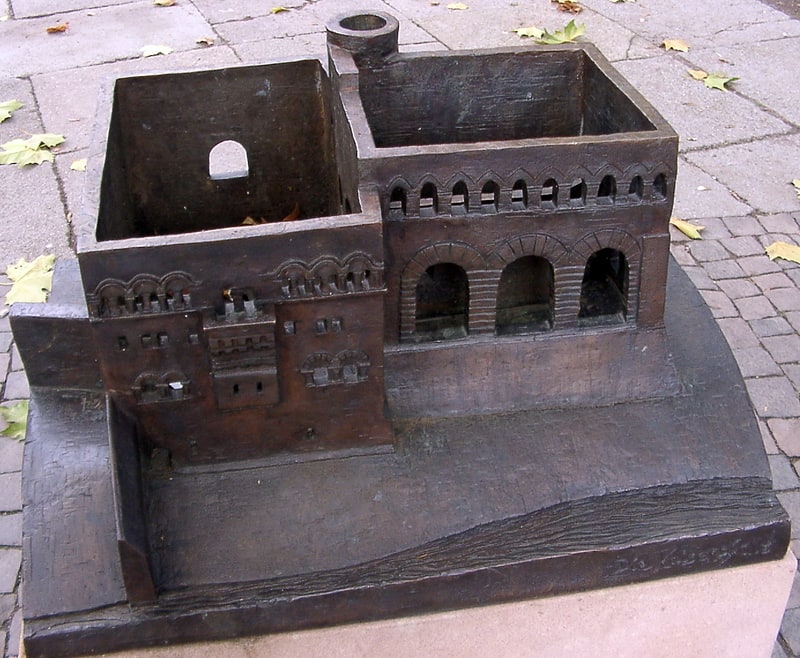
The Imperial Palace of Kaiserslautern, which has become a ruin, popularly known as Barbarossaburg or Kaiserslautern Castle, is a fortified and administrative castle built by Emperor Frederick Barbarossa in the 12th century as a royal palace in the western Palatinate city of Kaiserslautern.
Address: Willy-Brandt-Pl. 2, Kaiserslautern